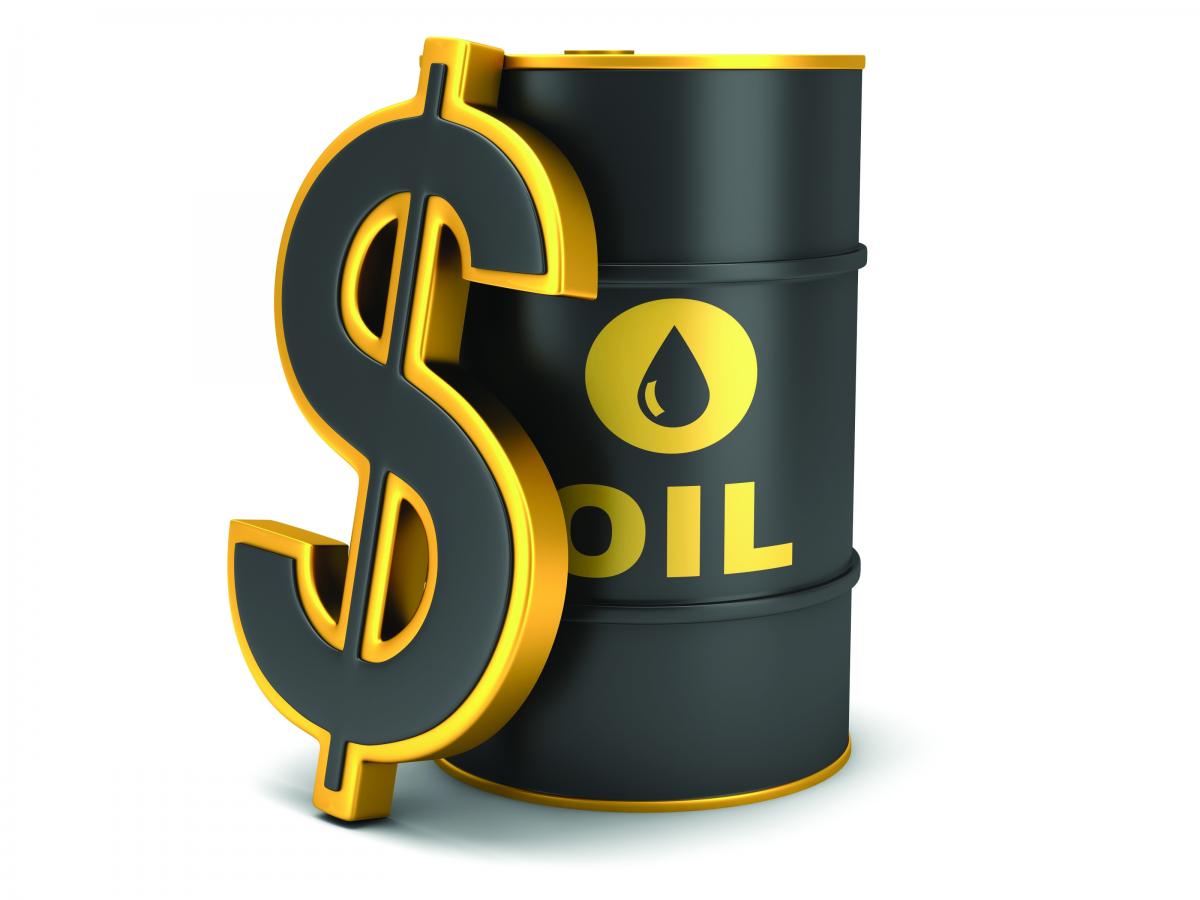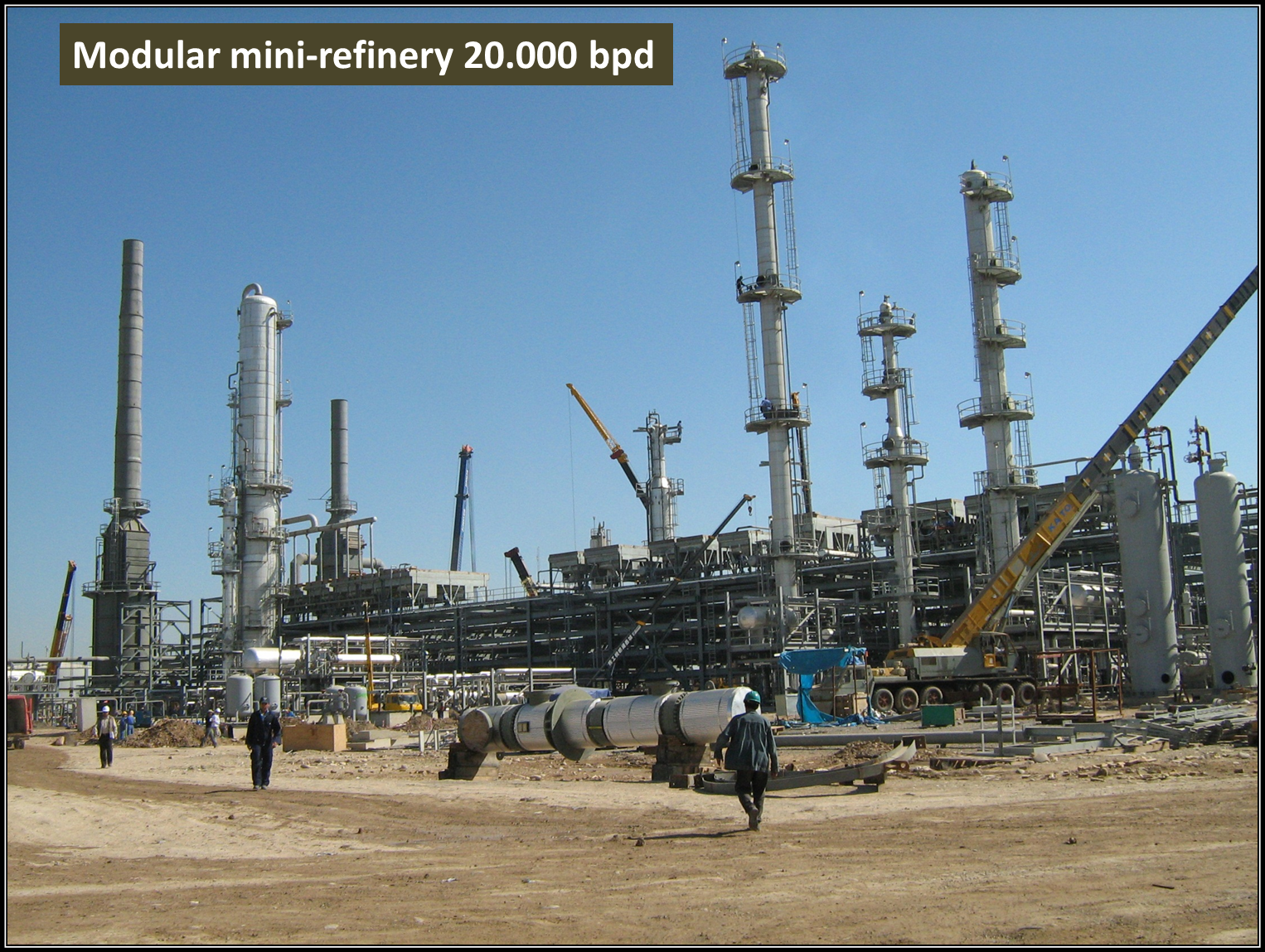Oil Price Instability To Persist As Main Grade Drops 2.5%
Price of crude oil in the international market recorded another reversal, the third within a space of one week as the prices change with little or no fundamental changes in the determinants.
But Brent crude oil futures lost $1.49 closing yesterday at $60.15 a barrel, down 2.5 percent, the biggest fall since late December, while U.S. futures fell $1.71 to $51.98 a barrel.
Last Friday, Brent crude price hovered around $61, while the Western Texas Intermediate, WTI, traded for $53 per barrel, but the gains were capped by uncertainty about the U.S.-China trade conflict, a rising rig count and concerns.
Benchmark prices were remarkably flat given the turmoil raging in Venezuela.
Monday’s price drop may have cut short the optimism of a possible price rally significantly above Nigeria’s 2019 federal budget oil price benchmark of $60.
The drop is said to be on evidence of more growth in the United States crude supply. U.S. crude production, which hit a record 11.9 million barrels per day late last year, has undermined sentiment in the oil market, traders said. U.S.A. energy companies last week increased the number of rigs looking for new oil for the first time since late December to 862, energy services firm Baker Hughes said on Friday.
“The increase in drilling activity in the U.S. is generating headwind,” Commerzbank said in a note. “Clearly the significantly lower prices in the fourth quarter are prompting shale oil producers to exercise restraint. Because prices have risen considerably since the start of the year and there is a high number of drilled but uncompleted wells, drilling activity is likely to recover soon.”
Even with an uncertain outlook for demand and evidence of growing supply, the oil market has benefited this month from another round of production cuts by OPEC and its partners, as well as robust trade in physical barrels of crude led by China.
The price has risen by 12 percent so far in January, the largest increase in percentage terms in the first month of the year since 2005, when it gained 14 percent.
Investors have added to their bets on a sustained rise in the oil price this month for the first time since September, according to data from the InterContinental Exchange.
But much of the demand outlook hinges on China and whether its refiners will continue to import crude at 2018’s breakneck pace. Industrial companies in China reported a second monthly fall in earnings in December, despite the government’s efforts to support borrowing and investment. World markets slip on China worries; dollar steady ahead of trade talk’s Scandinavian bank SEB said it had cut its 2019 oil price forecast to $65 a barrel from $85 previously. “Softer demand in 2018 and softer demand growth projected for 2019 and 2020 pulls our forecast lower,” the bank said.
“Stronger than expected U.S. shale oil production also adds to the lower forecasted price.” Venezuela has been rocked by turmoil this week, with the Maduro regime teetering on the brink of collapse.
The U.S., clearly seeking regime change in Venezuela, recognized the head of the national assembly, Juan Guaidó, as the rightful president last Wednesday, which corresponded with massive nation-wide protests.
However, by Thursday, the military stuck by President Maduro, which will provide the leader a lifeline. In the meantime, Venezuela’s oil production is expected to continue to decline.
Guaidó has offered some details on new plans for the oil sector, including new picks to head up Citgo and PDVSA. He is trying to obtain control of the country’s oil assets, but with the military backing Maduro for now, there is no sign of an imminent downfall.
Billions of dollars’ worth of investment from Russia and China are on the line.
Meanwhile, Russia is said to avoid price war with U.S. shale. A top Russian official said that his country should stick with the OPEC production cuts and avoid a price war with U.S. shale drillers.
“For U.S. shale production to go down, you need oil prices at $40 per barrel and below. That is not healthy for the Russian economy,” Kirill Dmitriev, head of the state-backed Russian Direct Investment Fund, said at the World Economic Forum in Davos.
“We should not take competitive action to destroy U.S. shale production.” Dmitriev was one of the original architects of the first coordinated production cut deal with OPEC several years ago.




